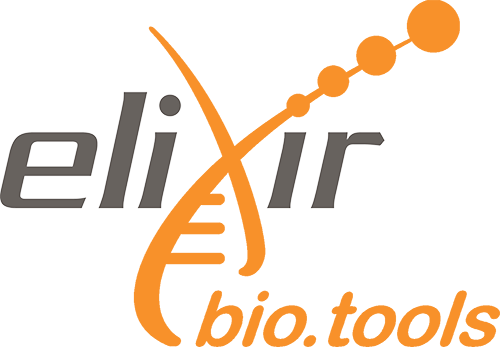e-learning
Trio Analysis using Synthetic Datasets from RD-Connect GPAP
Abstract
To discover causal mutations of inherited diseases it’s common practice to do a trio analysis. In a trio analysis DNA is sequenced of both the patient and parents. Using this method, it’s possible to identify multiple inheritance patterns. Some examples of these patterns are autosomal recessive, autosomal dominant, and de-novo variants, which are represented in the figure below. To elaborate, the most left tree shows an autosomal dominant inhertitance pattern where the offspring inherits a faulty copy of the gene from one of the parents. The center subfigure represents an autosomal recessive disease, here the offspring inherited a faulty copy of the same gene from both parents. In the right subfigure a de-novo mutation is shown, which is caused by a mutation during the offspring’s lifetime.
About This Material
This is a Hands-on Tutorial from the GTN which is usable either for individual self-study, or as a teaching material in a classroom.
Questions this will address
- How do you import data from the EGA?
- How to download files with HTSGET in Galaxy?
- How do you pre-process VCFs?
- How do you identify causative variants?
Learning Objectives
- Requesting DAC access and importing data from the EGA.
- Pre-process VCFs using regular expressions.
- Use annotations and phenotype information to find the causative variant(s).
Licence: Creative Commons Attribution 4.0 International
Keywords: Variant Analysis, cyoa
Target audience: Students
Resource type: e-learning
Version: 13
Status: Active
Prerequisites:
- Introduction to Galaxy Analyses
- Mapping
- Quality Control
Learning objectives:
- Requesting DAC access and importing data from the EGA.
- Pre-process VCFs using regular expressions.
- Use annotations and phenotype information to find the causative variant(s).
Date modified: 2024-09-17
Date published: 2022-05-19
Contributors: Björn Grüning, Helena Rasche, Jasper Ouwerkerk, Lucille Delisle, Saskia Hiltemann, Wolfgang Maier
Scientific topics: Genetic variation
Activity log


